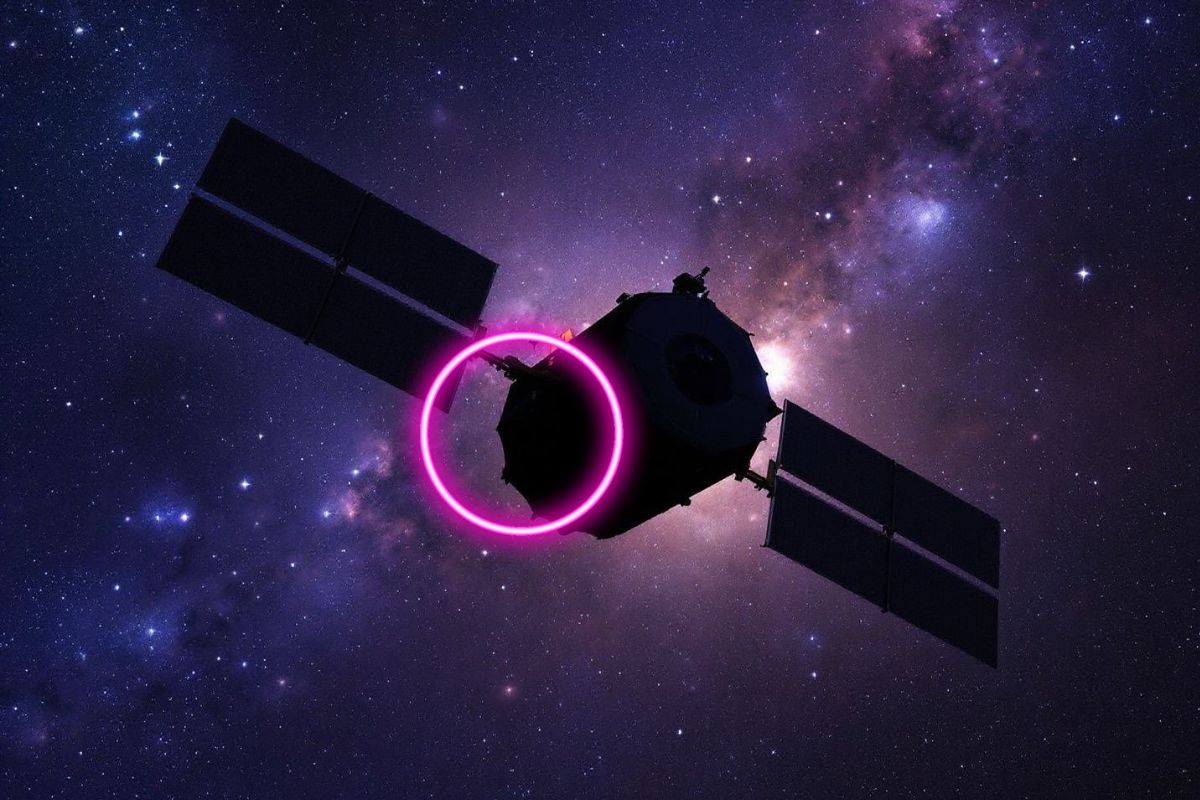Show table of content Hide table of content
The NASA achieved a remarkable feat on May 14, 2025, by successfully reactivating one of Voyager 1’s critical thrusters after 21 years of inactivity. This engineering marvel extends the operational life of humanity’s most distant spacecraft, which has been traveling through space for over 47 years and is currently located nearly 25 billion kilometers from Earth.
Historic revival of Voyager 1’s propulsion system
Engineers at NASA’s Jet Propulsion Laboratory (JPL) accomplished what many considered impossible by remotely reactivating Voyager 1’s primary roll thruster. This critical component had been inactive since 2004 when it was deemed “probably irreversibly failed” due to propellant residue gradually clogging its fine fuel lines.
The spacecraft, launched in 1977 alongside its twin Voyager 2, relies on these thrusters to maintain proper orientation. By controlling its roll – rotation along the axis of its antenna – Voyager can keep its instruments pointed toward Earth while navigating by the stars. This positioning is essential for transmitting data across the vast distance separating the probe from our planet.
NASA NASA discovers a “white spot” in the Sahara Desert, scientist are stunned
The engineering team’s success mirrors other remarkable deep-space technological achievements, such as a robotic manta ray designed to explore Antarctic depths. Both projects demonstrate humanity’s growing capability to operate sophisticated machinery in extreme environments.
Technical challenges overcome at interstellar distances
The revival of Voyager 1’s primary thruster represents an extraordinary technical achievement considering the 166 astronomical units (AU) separating the spacecraft from Earth. At this distance, radio signals take approximately 22.5 hours to complete a round trip, making real-time control impossible.
JPL engineers had previously switched both Voyager probes to their backup roll thrusters when the primary systems became increasingly unreliable. However, these secondary thrusters eventually began experiencing similar issues with residue buildup, threatening the mission’s continuation.
The degradation of these backup systems left ground controllers with diminishing options. Unlike exploration in Earth’s oceans, where researchers can document underwater species filmed for the first time, space missions must rely entirely on remote diagnostics and intervention.
NASA NASA has just released the first-ever video of a tornado on Mars.
This technical achievement required meticulous planning and execution. Engineers analyzed historical data from the spacecraft, developed new procedures for clearing the obstructions, and carefully implemented commands accounting for the extreme signal delay. The success demonstrates NASA’s continued ingenuity in extending the useful life of its interstellar ambassadors.
Voyager 1’s ongoing scientific contributions
As humanity’s most distant emissary, Voyager 1 continues providing unique scientific data from interstellar space. Having crossed the heliopause – the boundary where the sun’s influence ends and interstellar space begins – in 2012, the probe offers our only direct measurements of this unexplored region.
The successful thruster reactivation ensures Voyager can maintain proper orientation for its scientific instruments and communication antenna. This positioning is crucial for continuing observations of cosmic rays, magnetic fields, and plasma conditions in interstellar space – measurements impossible to obtain by any other means.
Just as terrifying new predators discovered in ocean depths expand our understanding of Earth’s ecosystems, Voyager’s interstellar readings reveal previously unknown aspects of our cosmic neighborhood. Each additional day of operation adds to this irreplaceable scientific dataset.
News This TikToker buys a used van and realizes it has a hidden surveillance device.
While contemporary communication devices continue evolving – with Mark Zuckerberg recently announcing potential replacements for cell phones – Voyager relies on 1970s-era technology that has proven remarkably durable across nearly five decades in the harsh environment of space.
The legacy and future of deep space exploration
Voyager 1’s continued operation represents both a technological triumph and an inspirational achievement. Launched during the Carter administration, the spacecraft has outlived countless Earth-bound technologies while continuing to expand human knowledge from the frontier of interstellar space.
The mission’s longevity offers valuable lessons for future deep space endeavors. Engineers have learned to maximize spacecraft durability, develop innovative solutions for remote troubleshooting, and design systems capable of operating decades beyond their intended lifespans. These lessons inform the design of new missions targeting the outer solar system and beyond.
The adaptation capabilities demonstrated by the Voyager team parallel evolutionary processes observed on Earth, such as cave-dwelling crocodiles that evolved specialized traits after 3,000 years of isolation. Both showcase remarkable adaptation to challenging environments over extended timeframes.
With its power supply expected to last until approximately 2030, each additional year of Voyager operation represents a bonus for scientific discovery. The spacecraft carries the Golden Record – containing sounds and images portraying Earth’s diversity – ensuring that even after its electronic systems eventually fail, Voyager 1 will continue its journey as humanity’s ambassador to the stars for billions of years to come.
This thruster reactivation extends that journey, allowing Voyager 1 to maintain its orientation and continue communicating with Earth while traveling ever deeper into the uncharted wilderness of interstellar space – continuing a remarkable mission that has redefined our understanding of the solar system and beyond.


